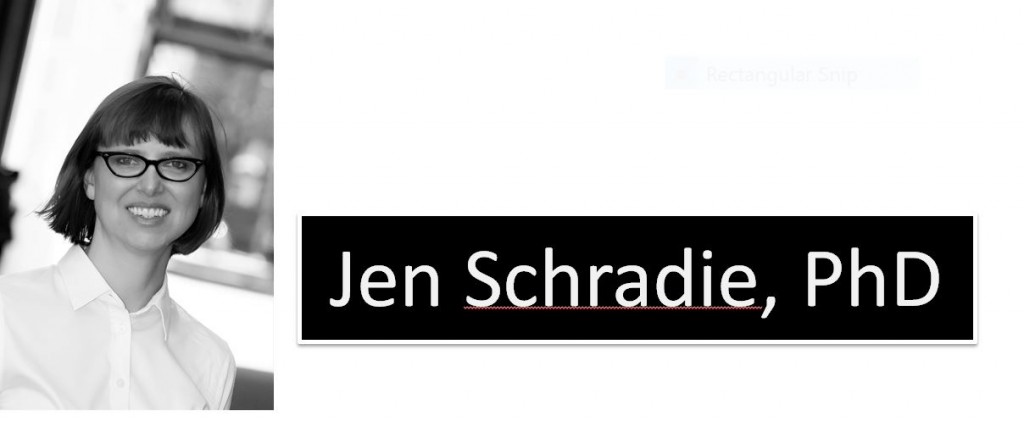“Straight up the best organized class this semester! Prof. Schradie’s format is an ideal mix of readings, class participation, field work, and original research. Loved every bit of it!”
Current Classes Taught
AI and Sociology
Digital Inequality
Digital Data and Society in Context
TEACHING PHILOSOPHY IN PRACTICE
Not only does my research itself focus on participation, but so does my pedagogy. In the courses that I teach at Sciences Po I bring my teaching experience and social scientific background I developed at Duke, Harvard, and UC Berkeley. At the core of my instructional strategy is participation, but it is not simply raising one’s hand in class. I design my courses so that students engage with the material on multiple levels and in a scaffolded approach. So by the end of the semester, they have not only learned sociological theories from readings, digital media sources, and in-class discussions, but they have also been able to apply them directly with data they have collected based on their own interests. I also foster this curiosity by incorporating materials that better reflect the diversity of students in my class for that particular semester. All of my teaching reflects my pedagogical belief and practice that students learn about social theories more thoroughly when integrating reflexive and hands-on experiential projects into the curriculum on all levels.
In so doing, I also view teaching as an integral part of my research, and research as an integral part of my teaching in a symbiotic interaction. Whether it is students learning research skills through their projects, learning from students myself about the apps they use to inform my own research, and even engaging students as research assistants, I enjoy this reciprocal relationship. Indeed, I have had students from every type of class I teach – both undergrad and master’s students – publish their findings from work they conducted in my courses.
Each of my classes are interactive in a way that respects how students each have unique strengths in how they best participate in learning. As a result, participation grades have included not only in-class discussions, but for students who are shy or can thrive better in other environments, I also offer online reading responses and comments, leadership in group projects, and other forms of one-on-one communication with me and their classmates. Even before the pandemic hit, each session incorporated a diverse format of pedagogical methods, including group-work, in-class videos, zoomed-in guest speakers, social media Q&A and analysis, as well as student presentations and discussions. “Reading” materials have been just as varied, from traditional academic books and articles to podcasts and videos.
Another critical component of my participatory teaching philosophy is that students learn best when they get concrete and constructive feedback on their work, rather than a quick overall grade on a paper or presentation. So with my stair-step way of developing assignments, I give continuous written assessments on students’ work, including when they initially collect data, analyses and even outlines, so they can incorporate my feedback into their knowledge and skill development. Yet in my classes, students also bring their initial ideas, data, and writing to class and exchange with classmates during class, as well, to encourage peer-based learning. I also provide weekly office hours where students can sign up online and attend either in-person or on zoom.
At the same time, part of this participatory equation is soliciting feedback from students about my courses. I conduct mid-semester assessments to make adjustments, such as with the courseload, for example, which has been particularly critical over the past few years. In addition to the formal Sciences Po evaluations, I also encourage and receive feedback directly. For some students who are accustomed to more hierarchical approaches to teaching, the interactive methods can be challenging at first, but part of the process is first understanding the benefits to this system of learning, and as the qualitative feedback below demonstrates, by the end of the semester, students tend to respond very positively. In fact, I discuss this top-down framework in teaching and connect it to the content itself, such as with the corporate control of digital data and algorithms, for example, in terms of theories around technology use.
